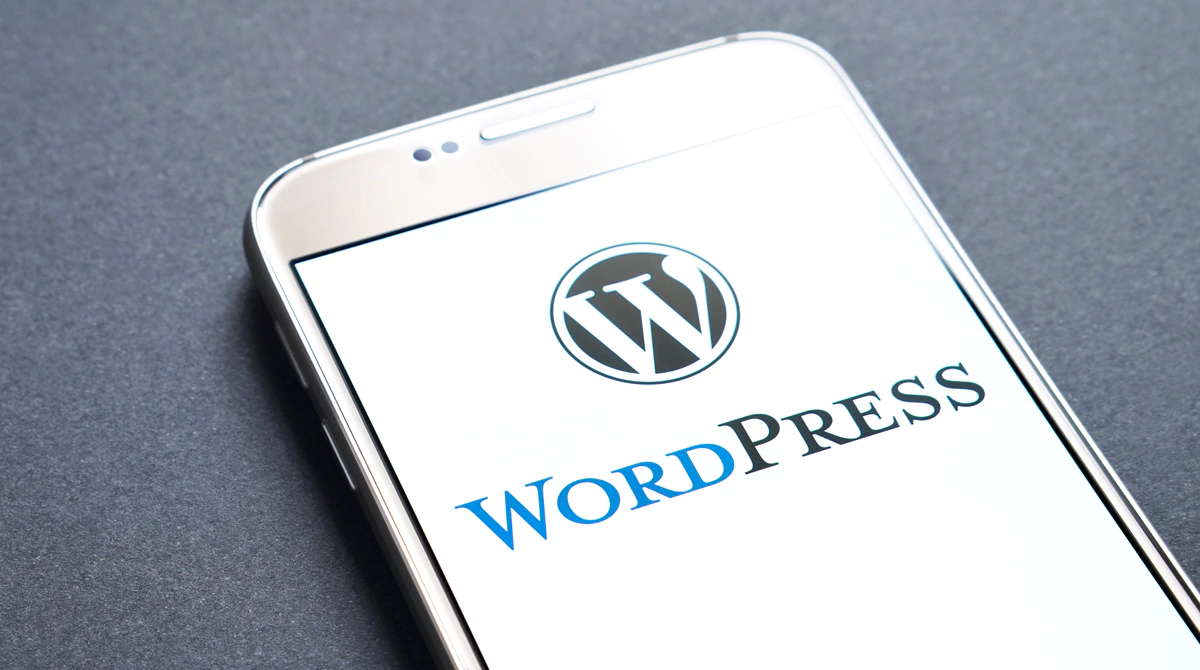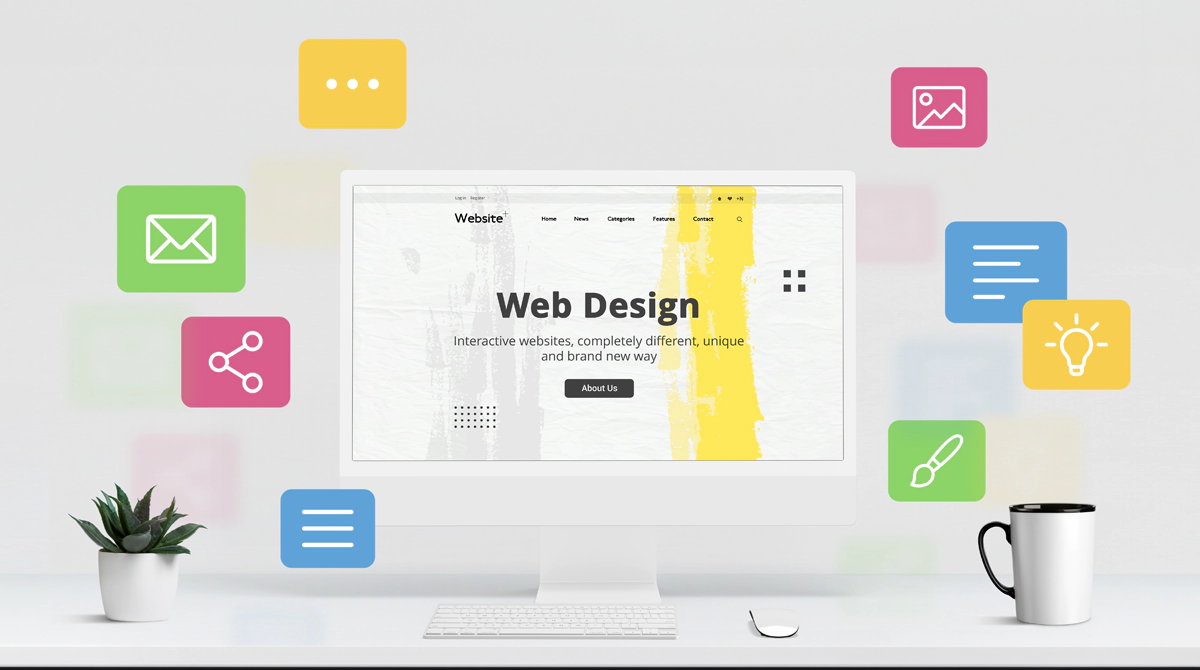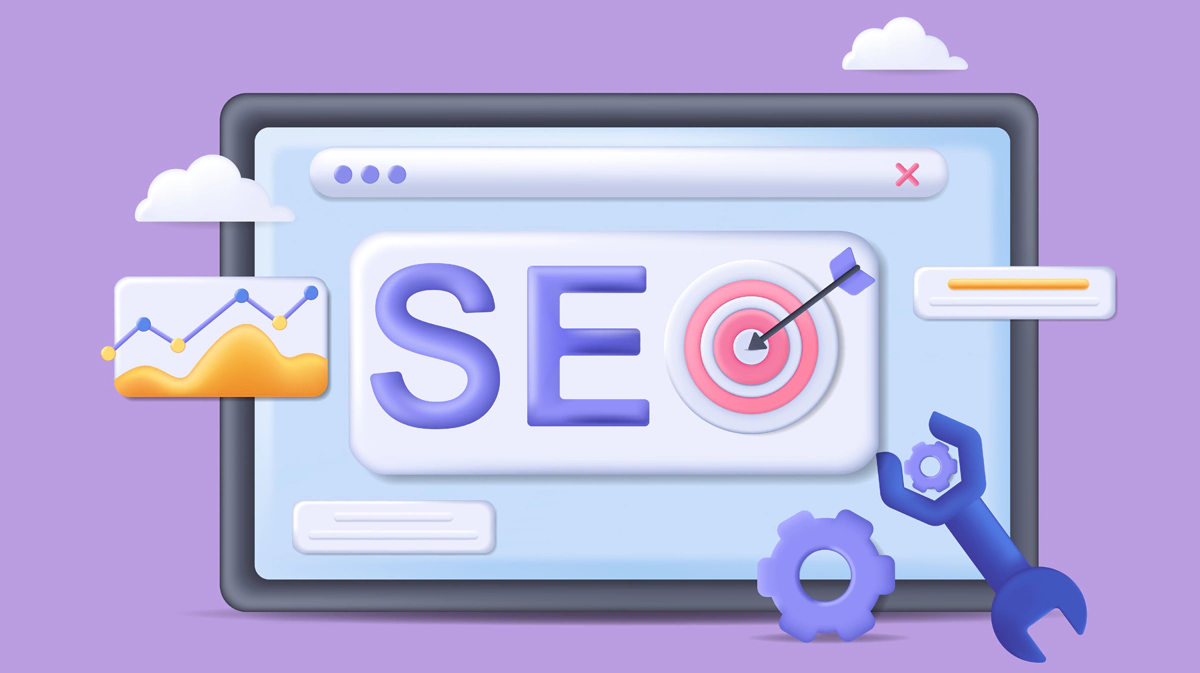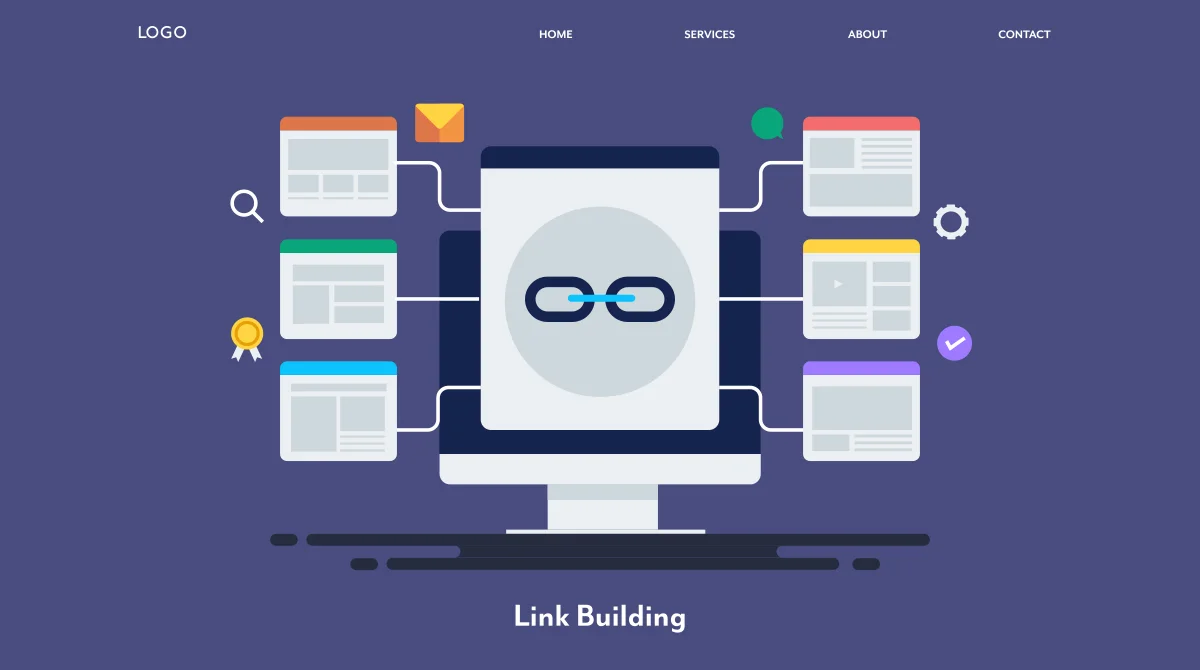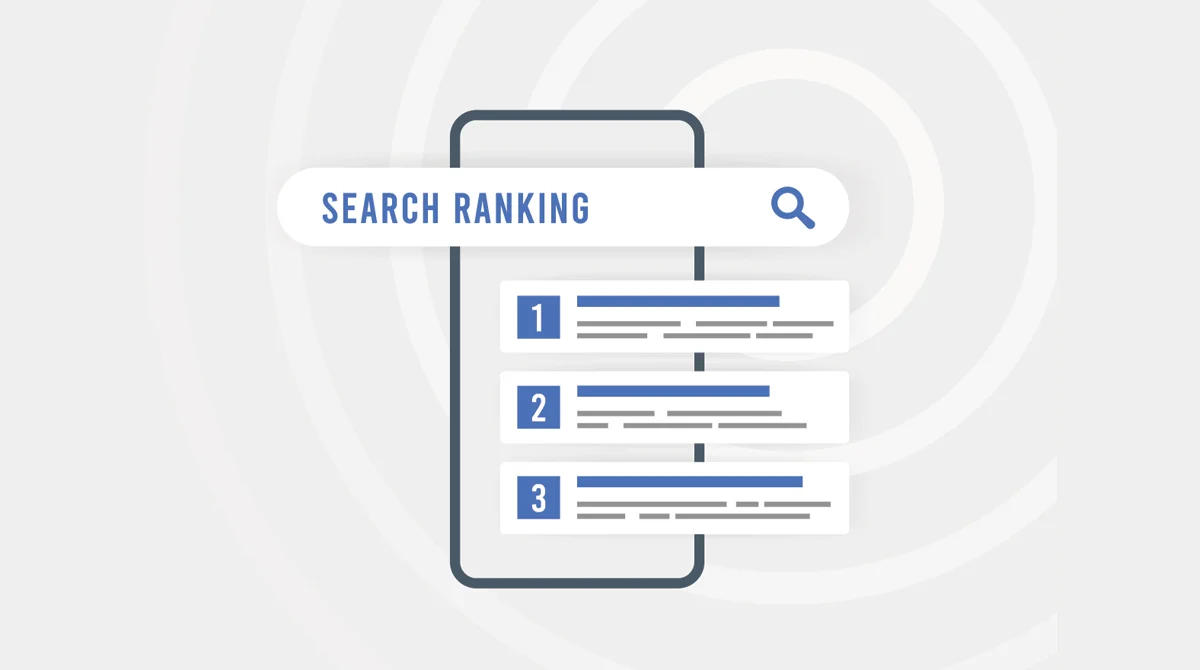Your website serves as the foundation of your business’ online visibility. Professional WordPress design delivers measurable results: improved client engagement, stronger search visibility, and higher conversion rates. Drawing from extensive industry experience, we’ve created this WordPress design checklist to help businesses build sites with optimal functionality, security measures, and a room for future scalability.
The 10 Essential Steps to WordPress Website Success
Follow this structured approach to build a WordPress website that stands out from the competition and delivers tangible outcomes for your business.
1. Strategic Planning & Objectives
Every successful website begins with clear objectives and detailed planning. This foundation determines the development process and helps align your website with business goals.
| Planning Element | Key Considerations | Example |
|---|---|---|
| Primary Goal | What is the main purpose of your website? | Lead generation, e-commerce sales, and brand awareness |
| Target Audience | Who are you trying to reach? | B2B decision-makers, local consumers, and industry professionals |
| Competitor Analysis | What are competitors doing effectively? | Analyse sites like Apple.com for clean design and user journey |
| User Journey | How will visitors navigate your site? | Homepage → Services → Contact form |
| Technical Requirements | What functionality is needed? | E-commerce capabilities, appointment booking, and member portal |
Pro Tip: Create a document outlining these elements before beginning design. This reference point keeps all stakeholders aligned throughout the development process.
2. Domain & Hosting Selection
The foundation of your website’s performance begins with choosing the right domain name and hosting provider. These technical decisions impact everything from site speed to security.
Your domain name should be:
- Memorable and easy to spell
- Relevant to your business or brand
- Use a .com.au extension for Australian businesses, or .com where applicable.
- Avoid hyphens and numbers that may confuse users
For hosting, consider WordPress-optimised hosting platforms that offer:
- WordPress-specific optimisation
- Enhanced security features
- aily automated backups
- Built-in caching for faster performance
- Support from WordPress experts
Real-World Insight: WordPress-optimised hosting performs better than generic shared hosting through specialised server configurations, WordPress-specific caching, and optimised PHP settings can contribute to faster page load times, benefiting user experience and search engine rankings.
3. Design & User Experience
Website design goes beyond aesthetics—it directly influences how visitors interact with your content and whether they take desired actions. A professional design creates trust and guides users naturally toward conversion points.
| Design Element | Best Practice | Impact |
|---|---|---|
| Layout Structure | Clean, consistent grid system | Improves scanability and content hierarchy |
| Colour Scheme | 2-3 brand colours with complementary accents | Strengthens brand recognition and guides eye movement |
| Typography | Maximum of 2 font families | Ensures readability and professional appearance |
| Navigation | Intuitive menu structure with clear labels | Reduces bounce rates and improves user journey |
| Call-to-Action Buttons | High-contrast, prominent placement | Increases conversion opportunities |
| Mobile Responsiveness | Fluid design adapting to all screen sizes | Accommodates a significant portion of web traffic from mobile devices |
Pro Tip: Create a style guide documenting your brand’s visual elements, spacing rules, and component designs. This will ensure consistency throughout the website and streamline future updates.
4. Content Development & Structure
Content is the voice of your website, communicating your value proposition and guiding visitors toward taking action. Well-structured content not only conveys information but also supports SEO and conversion goals.
Effective website content should:
- Begin with clear, benefit-oriented headlines
- Use concise paragraphs (3-4 lines maximum)
- Incorporate scannable elements like bullet points and subheadings
- Include trust signals (testimonials, case studies, credentials)
- Maintain a consistent tone of voice throughout
- End sections with clear next steps or calls to action
Content Structure Example:
For service pages, follow this proven structure:
- Problem statement (addressing pain points)
- Solution overview (your service offering)
- Key benefits and differentiators
- Social proof (client testimonials)
- Process explanation (how you work)
- Call-to-action (consultation, quote, etc.)
5. SEO Implementation
Search engine optimisation isn’t an afterthought—it should be integrated throughout the website development process to ensure visibility and organic traffic.
| SEO Element | Implementation | Example |
|---|---|---|
| Keyword Research | Identify primary and secondary terms for each page | “WordPress web design Melbourne” + related terms |
| Title Tags | Include primary keyword near beginning | “Professional WordPress Web Design Services in Melbourne |
| Meta Descriptions | Compelling summary with call-to-action | “Create a stunning WordPress website that converts visitors into customers. Our Melbourne team delivers custom designs that perform. Get a free quote today.” |
| URL Structure | Short, descriptive URLs with keywords | makemywebsite.com.au/wordpress-web-design/ |
| Heading Hierarchy | Proper H1-H6 usage with keywords | H1: WordPress Web Design Services |
| Image Optimisation | Descriptive filenames and alt text | Alt text: “WordPress website design for Melbourne accountancy firm” |
| Schema Markup | Implement relevant structured data | LocalBusiness, Service, and FAQ Page schema |
Real-World Impact: Properly implemented SEO establishes the foundation for ongoing organic traffic growth. While results vary widely based on industry, competition, and existing online presence, consistent application of SEO best practices generally leads to improved search visibility over time.
6. Performance Optimisation
Website speed directly impacts user experience, conversion rates, and search rankings. WordPress sites require specific optimisation techniques to ensure fast loading times.
Critical performance factors include:
- Image Optimisation: Compress all images using tools like ShortPixel or Smush
- Code Minification: Reduce CSS and JavaScript file sizes
- Caching Configuration: Implement page and browser caching
- Content Delivery Network (CDN): Distribute content across global servers
- Database Optimisation: Regular cleanup of unnecessary data
- Plugin Management: Use only necessary, well-coded plugins
Performance Goals:
- Page load time: Aim for under 3 seconds (industry standard recommendation)
- Time to First Byte (TTFB): Target under 600ms for good server response time
- Total page size: Keep under 3MB for most pages
- Google PageSpeed score: Work toward 80+ on both mobile and desktop
7. Security Implementation
According to W3techs (as of 2023), WordPress powers approximately 43% of all websites, making it a frequent target for cyberattacks. Implementing robust security measures protects your site, data, and reputation.
Essential security measures include:
- SSL Certificate: Encrypts data transfer between the server and users
- Security Plugin: Implement solutions like Wordfence or Sucuri
- Login Protection: Limit login attempts and enforce strong passwords
- Regular Updates: Keep WordPress core, themes, and plugins current
- Backup System: Daily automated backups with off-site storage
- Malware Scanning: Regular security scans and monitoring
- User Role Management: Restrict administrator access to necessary personnel
Pro Tip: Consider implementing two-factor authentication for admin accounts to add an extra layer of security against unauthorised access.
8. Functionality & Integration
Modern websites must connect with other business platform while providing interactive features that engage visitors and streamline operations.
Common integrations and functionality include:
- Contact Forms: User-friendly forms with spam protection
- CRM Integration: Connect forms to systems like HubSpot or Salesforce
- Email Marketing: Integrate with platforms like Mailchimp or ActiveCampaign
- Analytics Setup: Configure Google Analytics 4 with conversion tracking
- Booking Systems: Appointment scheduling functionality
- Payment Processing: Secure e-commerce capabilities
- Social Media Integration: Display feeds and enable easy sharing
Real-World Benefit: Properly integrated forms and CRM systems help businesses respond to inquiries more efficiently. This integration eliminates manual data entry, reduces the risk of missed leads, and enables faster follow-up with potential customers.
9. Testing & Quality Assurance
Thorough testing identifies and resolves issues before launch, ensuring a polished user experience from day one.
| Testing Type | Elements to Check | Tool Example |
|---|---|---|
| Cross-Browser | Appearance and functionality across Chrome, Firefox, Safari, Edge | BrowserStack |
| Mobile Responsiveness | Performance across various devices and screen sizes | Responsive Design Checker |
| Form Testing | Submission, validation, and notification functions | Manual testing |
| Link Checking | Identify and fix broken internal/external links | Broken Link Checker plugin |
| Speed Testing | Page load times and performance scores | GTmetrix, Google PageSpeed Insights |
| Security Scanning | Vulnerability assessment | Sucuri SiteCheck |
| Functionality Testing | All interactive elements work as expected | Manual testing |
Pro Tip: Create a detailed testing checklist specific to your website’s features to ensure nothing is overlooked during the quality assurance process.
10. Launch & Post-Launch Strategy
Launching your WordPress website is just the beginning. A post-launch strategy ensures continuous improvement and ongoing performance.
Key post-launch activities include:
- 301 Redirects: Ensure old URLs redirect correctly to new pages
- Search Console Submission: Register site with Google Search Console
- Analytics Verification: Confirm tracking is working correctly
- Backup Confirmation: Verify automated backup system functionality
- Monitoring Setup: Implement uptime and performance monitoring
- Maintenance Plan: Schedule regular updates and security checks
- Content Calendar: Plan ongoing content additions and updates
Real-World Insight: Websites that receive regular maintenance and content updates tend to perform better over time in terms of both search rankings and user engagement. A structured post-launch plan helps ensure these activities aren’t neglected after the initial website launch excitement subsides.
Turn Your Website Vision Into Reality with Make My Website
An effective WordPress website functions as a crucial business asset. This detailed checklist addresses key aspects of site development—professional presentation, visitor engagement, search performance, and conversion effectiveness—to maximise your online investment.
We implement this structured approach at Make My Website for every WordPress project we undertake, delivering sites that drive real results. Our team of WordPress specialists handles every aspect of the development process, from strategic planning to post-launch support.
It’s best to leave these responsibilities to professionals, ensuring they’re done efficiently while you focus on your core operations. That’s why our expert team takes care of every technical detail while keeping you involved in the strategic and creative decisions that matter most to your brand.
It’s evident from our hundreds of 5-star reviews that working with Make My Website saves clients valuable time and results in websites that exceed their expectations in design quality, functionality, and business outcomes.
Do you need expert assistance with your WordPress website project? Contact our team today for a consultation and discover how we can transform your virtual presence.


